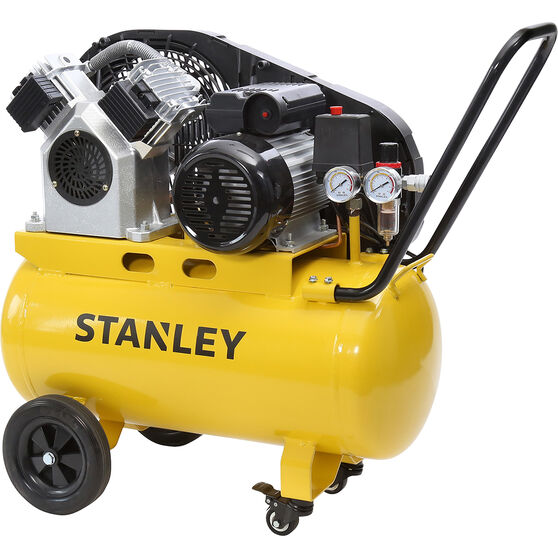Mains electricity is the general-purpose alternating-current electric power supply. In New Zealand, Mains voltage is 230V. Which is an alternating current (a.c.) This means that the current is constantly changing direction. Which means it changes direction and back again 50 times per second. Mains powered tools are the tools Mains power can only be used on (eg not battery-powered tools). 
We use Power tools are used in industry, in construction, in the garden, for housework tasks such as cooking, cleaning, and around the house for driving (fasteners), drilling, cutting, shaping, sanding, grinding, routing, polishing, painting, heating and more.
Check the handle and body casing of the tool for cracks or other damage. If the tool has auxiliary or double handles, check to see that they installed securely. Inspect cords for defects: check the power cord for cracking, fraying, and other signs of wear or faults in the cord insulation. If your tools won’t start, it could hint at some larger electrical problems, including a short or part malfunction. Your tool starts, but the power level is so weak that you’d probably be better off with a manual screwdriver. or handsaw. Or a bicycle pump.
3 examples of Mains power tools I've already used.
Belt sander, Air compressor, Grinder.
RCD stands for Residual Current Device. It's a device that prevents any fatal electric shocks if you touch anything that might be live. Such as bare wire. An RCD will most likely be used in the workplace, or at home.
Double insulation is an appliance and tools that have two levels of insulating materials between the electrical parts of the appliance and any parts on the outside that you can touch. The double insulation construction of appliance and tools allows the manufacturer to produce a lower-cost product.
Making sure that the cords on the power tool don't have any breaks in it or wires aren't on the outside, is some safety checks you need to check before using each tool.
Hazards of extension cords. If the extension cord is covered, heat cannot escape as a result, the cord will catch fire. Making sure extension cords are visible and not running across highly trafficked area's as they are a tripping hazard for people which are walking in that area.
Always wearing appropriate PPE is a must. PPE such as goggles, dust masks, gloves, hard hats and safety boot must be worn at all times.





